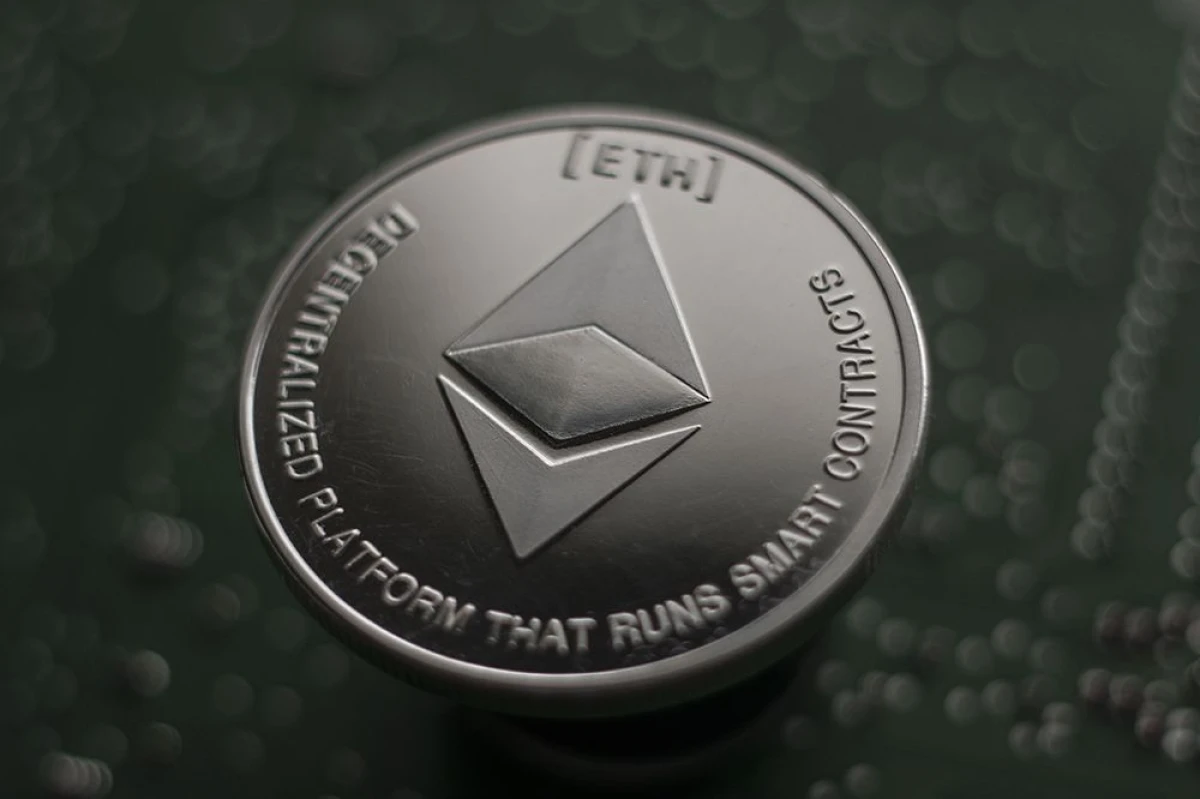The Ethereum merge could go ahead as early as the first hours of Thursday, and it represents a major change for the world’s second biggest cryptocurrency.
It’s a huge step in the project to build Ethereum’s vision and represents leaving the oft criticized proof of work mechanism behind. It’s not clear yet when exactly the merge will be complete, but there is a soft deadline of 19 September 2022.
If all this chatter about merging, proof of stake and Ethereum is a bit confusing to you, read on to get up to speed with one of the biggest crypto stories of 2022.
#What is the Merge?
The merge essentially refers to a complete upgrade from a ‘proof of work’ to ‘proof of stake’ mechanism.
This new mechanism sees ETH owners stake their units of currency to act as validators by ordering transactions and creating new blocks so that all nodes can agree on the state of the network.
This is opposed to the original proof of work mechanism, which would require computer systems to solve mathematical puzzles in order to add new blocks to the Ethereum blockchain and generate new units of currency.
The framework for this has not just sprung up overnight. It was housed in the constructed Beacon Chain, which was built as an independent network to run parallel to the Ethereum mainnet. The merge is the linking of the Ethereum mainnet and the Beacon Chain.
The Beacon Chain shipped back in December 2020, beginning the process of the merge. This means that those holding ETH can already set up with the Ethereum staking launchpad and begin earning more ETH after confirming their staking address.
It should be pointed out that investors themselves don’t need to do anything. The ETH investors hold will not change and does not need to be upgraded in any way, though later changes could affect decentralized finance app developers who use the Ethereum blockchain.
The Ethereum Foundation has warned:
“As we approach The Merge of Ethereum Mainnet, you should be on high alert for scams trying to take advantage of users during this transition. Do not send your ETH anywhere in an attempt to ‘upgrade to ETH2’. There is no ETH2 token, and there is nothing more you need to do for your funds to remain safe.”
So, the short explanation is that once the merge has been completed all new blocks added to the Ethereum network will be through the proof of stake consensus layer. But why is this change, which is scheduled to take place in the coming days, so important?
#Benefits of Switching
The most commonly touted benefit of switching from a proof of work to a proof of stake mechanism is the increased efficiency and eco-friendliness of the mechanism.
That’s because proof of work systems are energy intensive, as they require computer systems to work hard at solving complex problems in order to unlock new units of currency. This is not particularly green as, while the energy expended to power this might come from an eco-friendly source, it could also come from a fossil fuel source.
In short, removing the requirement to use such high amounts of energy to generate new units of currency reduces the environmental impact of the process.
Putting some numbers to the reduction in energy usage, the Ethereum Foundation has explained that the merge will reduce Ethereum's energy consumption by approximately 99.95%.
Bitcoin remains the top dog in the crypto world, but with more and more investors searching for eco-friendly ways to invest in cryptocurrency, switching to a proof of stake mechanism could attract a lot of new players to Ethereum.
In turn, this increased demand may lead the price of Ethereum to rise. However, it's worth remembering that this is just one rung on the ladder to achieving Ethereum’s goals.
#What Comes Next?
Looking ahead, many investors are excited for the overall upgrades to Ethereum, which were formerly referred to as Ethereum 2.0. Through these upgrades, developers hope to make Ethereum more scalable, secure and sustainable.
Following the merge with the Beacon Chain, the next stage is the introduction of shard chains. These are intended to act as parallels of the main blockchain which will increase capacity and transaction speeds through dividing up the workload.
These different shards will all share a common consensus proof of stake blockchain, making tampering with consensus far more difficult for malicious actors.
This is in turn expected to reduce the cost of sending Ethereum, tokens, and interacting with smart contracts. Of course, like the introduction of a less energy intensive proof of stake mechanism, these improvements look set to make Ethereum more attractive.
This part of the upgrade process was originally planned to go ahead before the merge, but the rising popularity of layer 2 solutions led to a change in priorities.
Shard chains are expected to ship at some point in 2023, so we might not have to wait for long until these are a reality.
